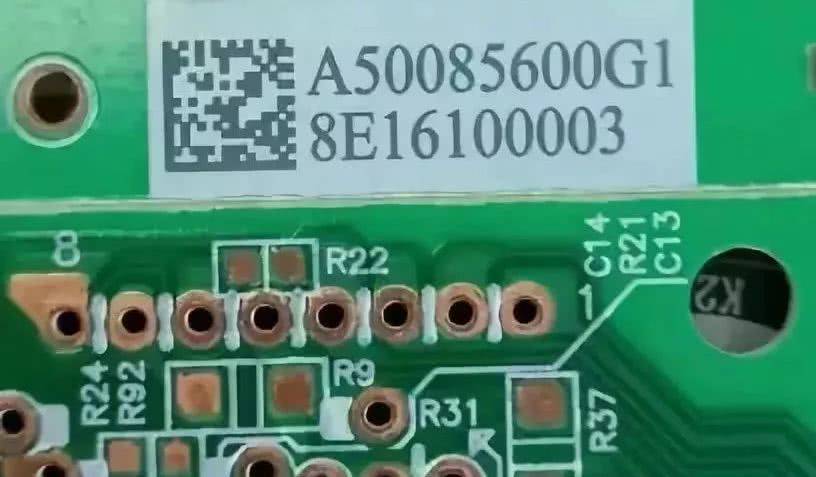The basic principle of PCB laser marking is that a high-energy continuous laser beam is generated by a laser generator. The focused laser acts on the printing material, which instantly melts or even vaporizes the surface material. By controlling the path of the laser on the surface of the material, The required graphic marks are formed. Both the fiber laser and the CO2 laser use the thermal effect of the laser on the material to achieve the marking effect. Basically, the surface layer of the material is destroyed to form a rejection effect, which leaks out the background color and forms the color difference. The green laser uses the chemical reaction of the laser to the material to cause the color of the material to change, and then does not produce a rejection effect, forming graphics and characters without obvious touch.
PCB laser marking technology is one of the largest application areas of laser processing. Laser marking is a method that uses a high-energy-density laser to locally irradiate a workpiece to vaporize the surface material or change the color of the chemical reaction, leaving a permanent mark. Laser marking can produce a variety of characters, symbols and patterns, and the character size can be on the order of millimeters to micrometers, which has special significance for the anti-counterfeiting of PCB products.
